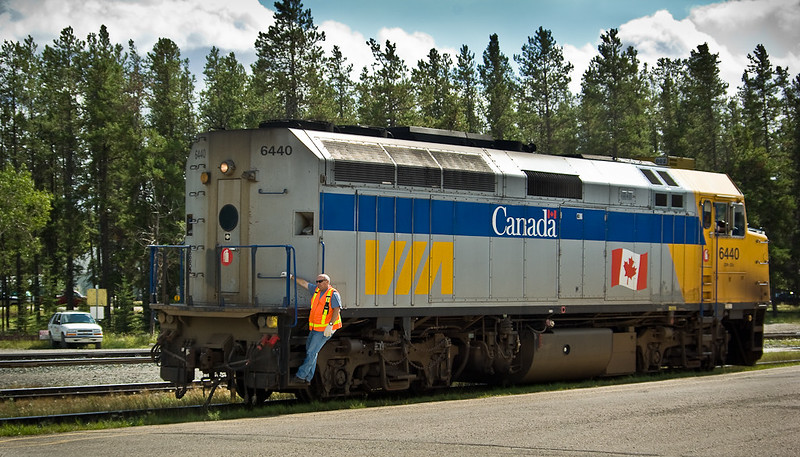In “Tariffs, structural change and monetary policy“, Bank of Canada governor Tim Macklem examined the potential fallout from economic warfare with the U.S. through tariffs. Macklem provided a dire outlook for the Canadian economy while at the same time sounding an optimistic tone for the potential of monetary policy to both prevent lasting inflationary impacts and smooth “the painful adjustment to a lower path for the economy.” The warning is quite clear (emphasis mine):
“…a new crisis is on the horizon. If US tariffs play out as threatened, the economic impact would be severe. A protracted trade conflict would sharply reduce exports and investment. It will cost jobs and boost inflation in the next few years and lower our standard of living in the long run. The uncertainty alone is already causing harm.”
The harm from uncertainty alone is an important component to the warning. Bluster about economic warfare can last for quite some time before concrete actions happen. No matter what happens, the potential for new trade tensions and economic warfare could continue to loom like overhang on impacted economies. This uncertainty includes lack of knowledge or understanding of the end goal for the economic warfare: “we don’t know what tariffs will be imposed, when they’ll start, how long they’ll last—or even really to what end.” Analysis is further complicated by the unprecedented nature of the economic warfare: “it will be hard to predict the economic impacts because we haven’t experienced such broad-based tariffs since the 1930s.”
In previous posts, I argued that the U.S. economy going into 2025 was just about as good as an economy can get. Thus, large changes – in this case shocks – carry large downside risks. Macklem made a strong case explaining what the downsides look like from the Canadian perspective.
The Bank of Canada generated economic models to guess at the potential fallout from economic warfare. The Bank estimated a permanent fall in output of 2 1/2%. In the first two years following tariffs, Canadian output would fall nearly 3% and wipe out growth over that time. This drop in output comes from a sharp reduction in exports to the U.S. which in turn results in lower incomes and lower consumption. With inflation jumping almost 0.7 percentage points in the first post tariff year, Canada would slog through a stagflationary economy.
While Macklem does not provide estimates of impact on the U.S. , there will surely be blowback south of the border. Macklem points out the following (emphasis mine):
“…about three-quarters of Canada’s goods exports flow to the United States. Canada is the number one export destination for the United States—and the largest export destination partner for 32 of the 50 states. Canada’s biggest export to the United States is energy. Canadian oil, natural gas, gasoline, and electricity literally fuel the US economy at a price no one else in the world can provide. And if we exclude our energy exports, the United States actually has a trade surplus with Canada.”
Thus a shift from bilateral cooperation to bilateral economic warfare will undermine what Macklem calls the historic benefits of the Canadian-U.S. open trade relationship featuring “increasing efficiency, spurring investment, boosting productivity and raising standards of living.”
I took interest in Macklem’s analysis because it suggests to me that a stock market steadily grinding to fresh all-time highs makes less sense than ever. Perhaps Wall Street remains skeptical that economic warfare is on the horizon. Perhaps Wall Street believes deregulation and corporate tax cuts will offset the drag from economic warfare. I do not share this complacency. If Canada sinks into a new lower-performing economic norm, the U.S. too will suffer. After all, as Macklem points out, “after World War II, the allied nations…wanted to avoid the protectionism and instability of the Great Depression. And they believed that economic cooperation—including open trade—was the best way to maintain peace and build prosperity.”
Thus, in the coming months, as long as economic warfare is in effect, I will increasingly feel reluctant to flip bullish on stocks in the aggregate (I am currently neutral). Even at oversold levels, I will be hard-pressed to anticipate significant upside. Still, I will continue to seek out strong individual stocks that can rally despite the fallout from economic warfare…and short those that cannot. (In Inflation Watch, I discuss implications for the Canadian dollar).
Be careful out there!


2 thoughts on “Economic Warfare With the U.S.: Canada Braces for A Painful Structural Adjustment”